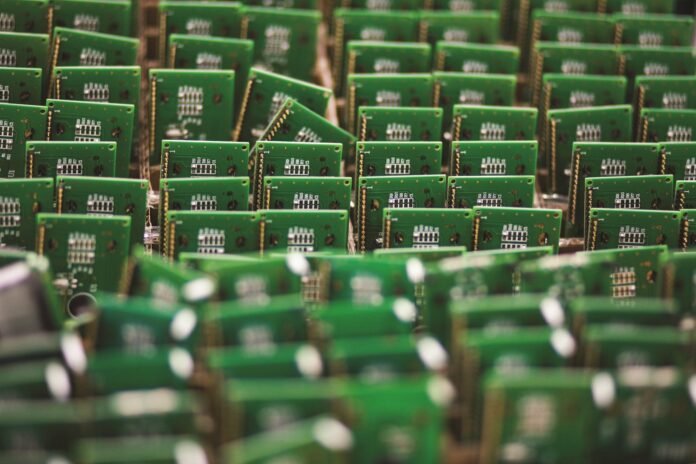The future of computing could be on the brink of a revolution. A company named Vaire Computing has raised a total of $4.5 million in funding with a goal to produce reversible computing chips by 2027. This breakthrough technology could redefine our understanding of computing processes and energy efficiency.
Companies like IBM, Intel, MIT, Sandia, and the University of Florida have long histories researching reversible computing. This technology offers a promising path to continued performance improvements and could potentially overcome physical barriers, such as the Landauer Limit, which will eventually restrict further miniaturization and speed increases in conventional computing.
Reversible Computing – The Next Frontier
Reversible computing is a concept that has the potential to significantly reduce energy consumption below the Landauer limit – the theoretical minimum energy required for irreversible computation. The idea behind reversible computing is that, unlike irreversible operations, reversible operations do not erase information. This means that reversible computing could theoretically reduce energy consumption to arbitrarily low levels, even approaching zero.
However, the practical implementation of reversible computing is not without its challenges. While the theoretical potential is immense, achieving energy consumption reductions of many orders of magnitude below the Landauer limit will require overcoming numerous hurdles.
The Challenge of Garbage
One of the major challenges with reversible computing is dealing with ‘garbage’ – unnecessary data that accumulates during calculations. For example, when adding two integers, A and B, the result is A+B. However, in reversible computing, you need to store the original input A in addition to the result. This extra information allows us to reverse the calculation, but it also creates garbage that, if unchecked, can lead to memory overflow.
Making Reversible Computing a Reality
To avoid memory overflow in reversible computing, one proposed solution is to perform every calculation twice. First, the calculation is performed forward, storing all bits and never wiping out information. After arriving at the final answer, a copy is made and then the entire calculation is run backward to eliminate all the garbage. This may seem like it doubles the computational effort, but over time, researchers have found more sophisticated ways to reuse garbage bits in future computations, thereby reducing their number.
The Future of Reversible Computing
Despite the challenges, the future of reversible computing looks promising. If successful, it could revolutionize the computing industry by allowing us to build much larger and more powerful computers. The investment by Vaire Computing is a testament to the potential of this technology. With the continuous advancement in technology and research, it’s only a matter of time before we see the first practical implementation of reversible computing.
In conclusion, while reversible computing is still in its nascent stage, the technology holds immense potential. The journey towards making it a reality will be filled with challenges, but the potential benefits could revolutionize the world of computing and bring unparalleled advancements in energy efficiency.
Last updated: January 17, 2025 • View original

